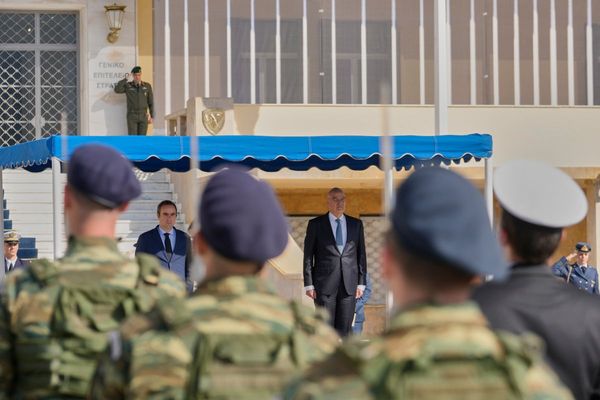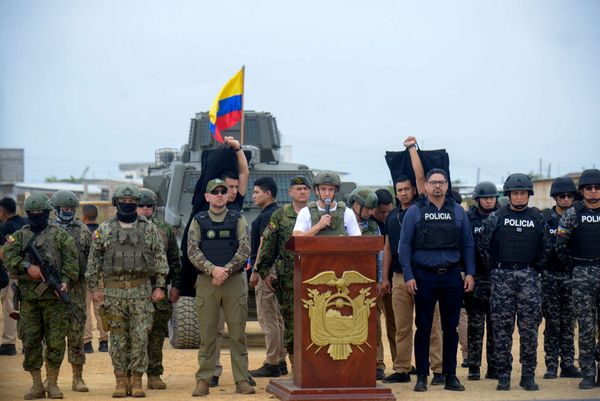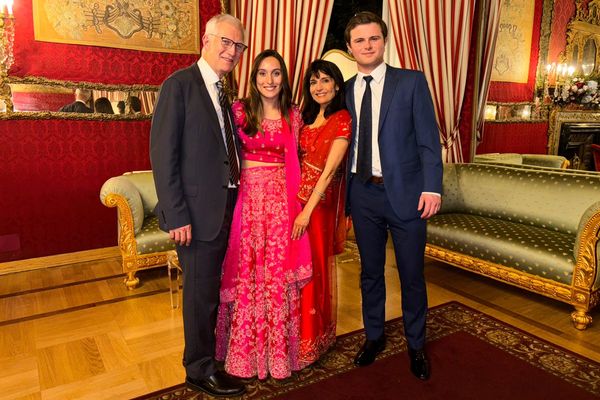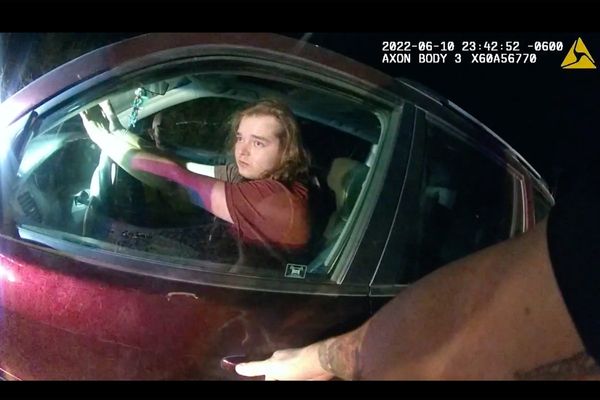
Since US-based Liberty Media took over F1 in 2017, it has made untapping the series' potential in America one of its key priorities, adding races in Miami and Las Vegas to its existing grand prix in Austin.
In the wake of F1's popularity boom, a vast number of American sponsors have flocked to the series, with HP the latest to jump on board with Ferrari.
Last year's inaugural Las Vegas Grand Prix, which F1 promoted itself, also turned out to be huge commercial success, fuelling rumours that the series was keen on adding a fourth event in the country.
But Autosport understands that while F1 is keen to continue its growth in the US, it is happy with its current spread of races in the Americas. That also include popular events in Montreal, Mexico City and Sao Paulo.
Wild rumours of a new race in Chicago by 2026 have been firmly shot down.
Instead, the series is looking at the Far East as a market that is still underserved.

The Malaysian Grand Prix disappeared in 2017 to leave just Singapore, Japan and China on the calendar, while efforts to bring F1 to Vietnam didn't come to fruition.
Thailand appears to be a contender for a new race in South East Asia following talks in April between prime minister Srettha Thavisin and F1 CEO Stefano Domenicali.
The Thai government is keen on a street race in Bangkok to boost tourism, with Thai-owned Red Bull understood to be a key player behind the scenes in making the race happen.
There have also been talks with the South Korean port city of Incheon about a return of F1 to the Korean peninsula from 2026 or 2027 onwards.
What F1's Asian push means for the existing races
While interest in new events remains high worldwide, Domenicali has stressed he is not looking at expanding the schedule beyond the current number of 24 races, with a maximum number of 25 enshrined in commercial agreements.
"We currently believe a 24-race schedule is the optimal number of events," Domenicali told Wall Street analysts earlier this month.
Expanding further in Imola to the Italian press, he added: "We are seeing a lot of interest from a lot of countries in Formula 1, and this obviously represents an opportunity for development. At the same time, it puts us under an obligation to make choices in terms of the calendar.

"We are seeing a growing interest in the Far East and the United States, but also a revival in Europe, most probably thanks to Madrid, which gave a shake-up just when everyone thought that nobody on the Old World was interested in doing something new."
It looks clear that something will have to give, then, with several European races out of contract after 2025, including the Italian races at Imola and Monza as well as the Benelux pairing of Belgium and the Netherlands.
Despite Max Verstappen's immense popularity, rotating Zandvoort and Spa is still believed to be an option from 2026 onwards, even if Spa's investments in its facilities and fan experience have given the latter a boost.
Monza is also investing in its ageing infrastructure, while Imola - which is reportedly still hoping to recover its cancelled 2023 edition in 2026 - still has a lot of catching up to do. Domenicali acknowledged it would be a challenge for both classic Italian venues to stay.
"Italy is central to the F1 calendar, but we need to address important issues related to the resources the country intends to invest and the infrastructure, because we need to change pace by improving the safety of the tracks and the services offered to the public," he told La Gazzetta dello Sport.
"At the end of August, at Monza, we will take stock with government institutions and [Italian automobile federation] ACI. It is still possible that Italy will keep two races after 2026, but realistically I think it will be quite difficult."

Barcelona, which still has a contract until 2026, is also feeling the heat from F1's new race in Madrid that will debut the same year.
A new-for-2024 fan event in the heart of the Catalan capital, including a demo run on its historic Paseo de Gracia, will go some way towards impressing F1, but people who have attended the race in recent years will argue Montmelo's facilities are still stuck towards the rear of F1's midfield.
The local authorities have recently greenlit a deal for event organiser Fira de Barcelona, which co-hosts the annual Mobile World Congress, to take over the circuit's operations and make it less dependent on its motor racing activities alone.
The fight to remain on the calendar is not necessarily one between old and new or between traditional racing circuits and trendy street races, as has often been portrayed.
Instead, under Liberty Media the series has massively raised its standards in terms of what it expects from a modern F1 venue, including fan experience, circuit infrastructure, hotel capacity, transportation, hospitality and sustainability efforts.
That means the "Old World", as Domenicali calls it, has needed to catch up with well-heeled events in the Middle East and the Americas, which is easier to do for venues that can boast generous government subsidies.

It is no coincidence that the well-backed Hungarian Grand Prix in Budapest, which is also investing heavily in a modernised paddock building and grandstands, has signed a contract extension until 2032 as one of the few European races to obtain long-term security.
Domenicali was very clear that venues need to buy into F1's vision of what a grand prix should look like in 2024, or risk missing out.
"The work done on the Hungaroring circuit confirms that Formula 1's movements are helping to raise the bar for facilities that had remained somewhat sedentary over the years," he said.
"I say this in a very constructive way: if there is no will to invest, work and make projects together, even in the long term, there will be a risk of losing Formula 1.
"By the end of this year we will have some important choices to make."







